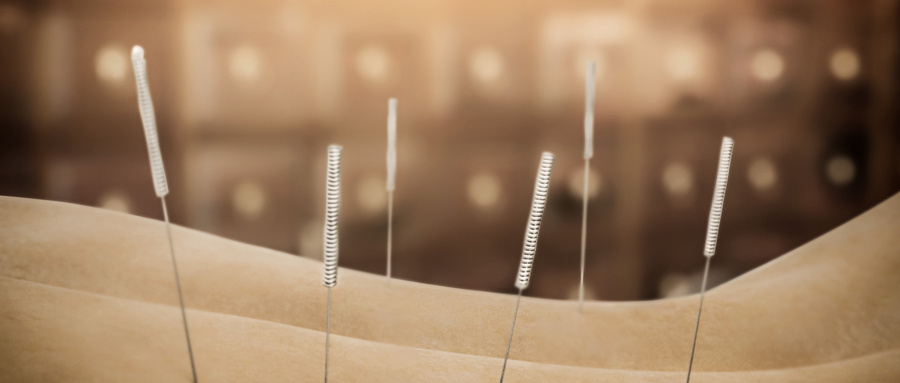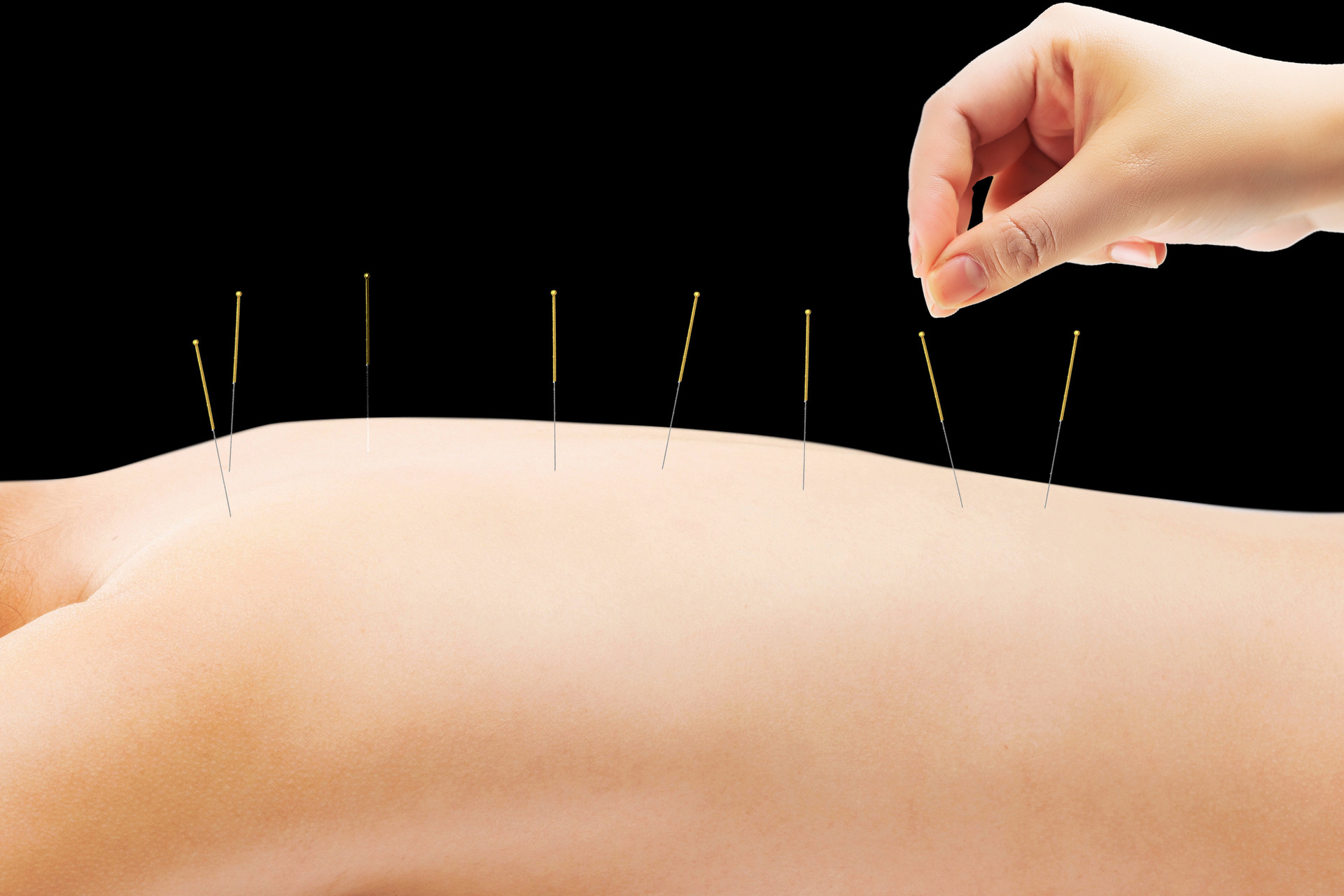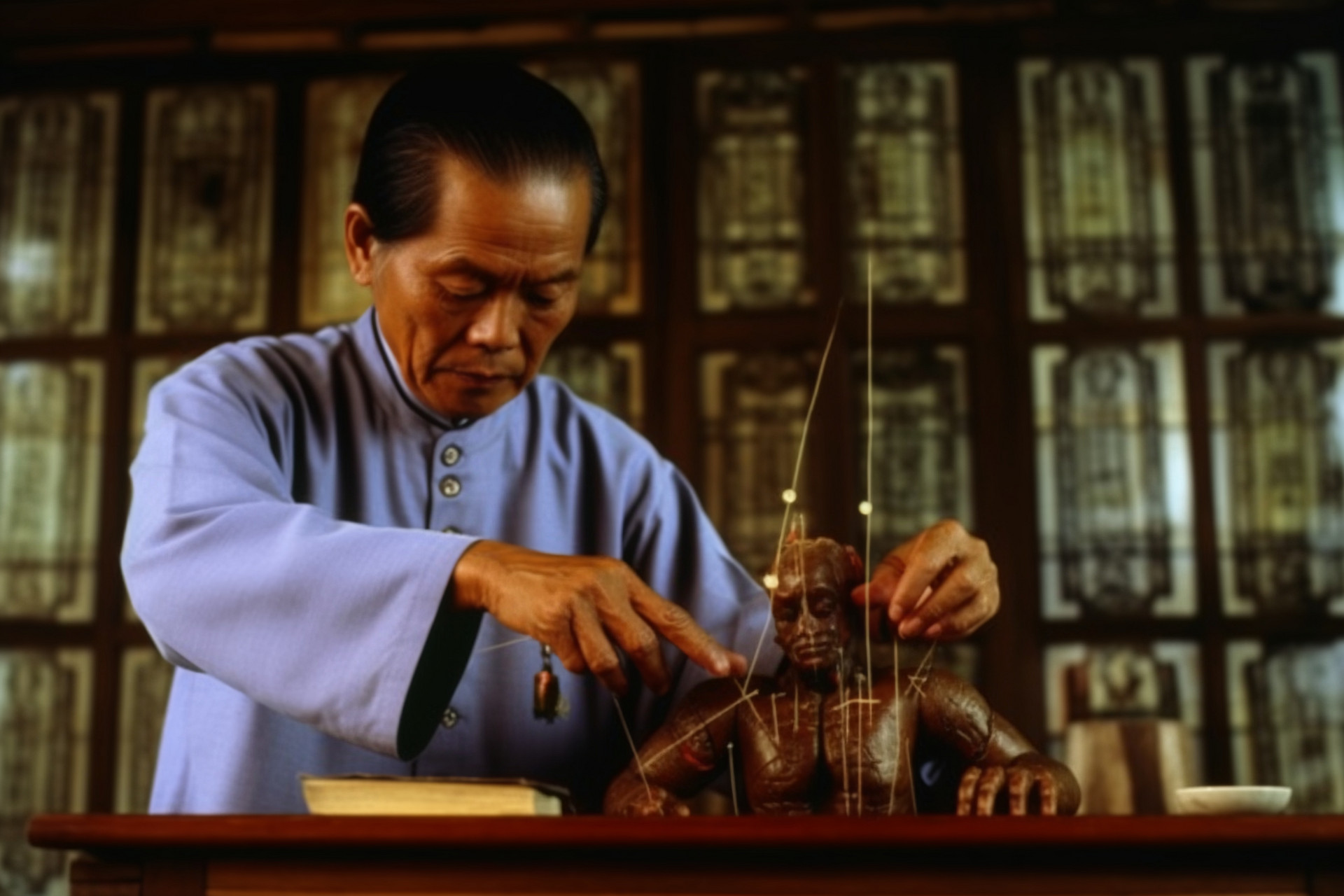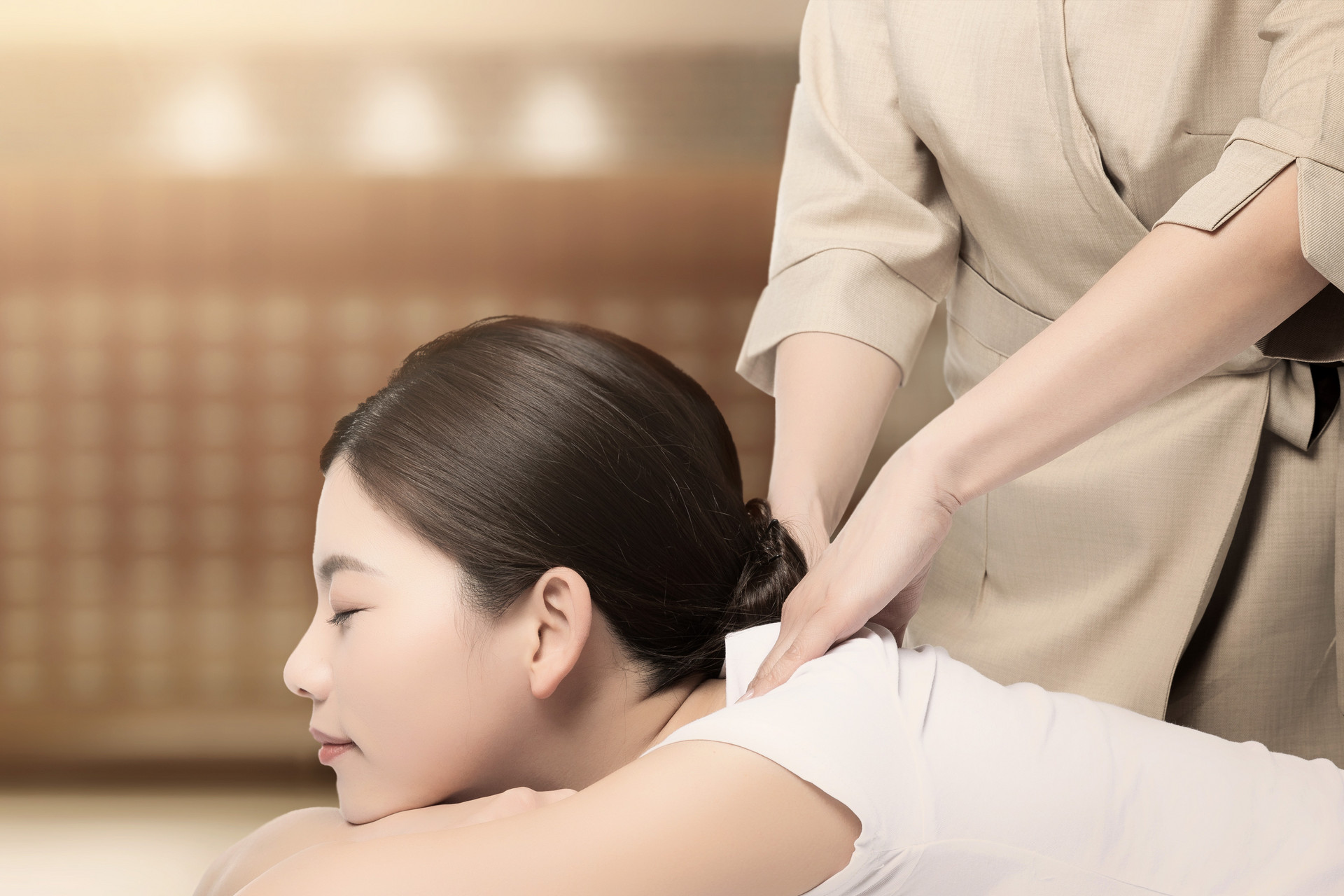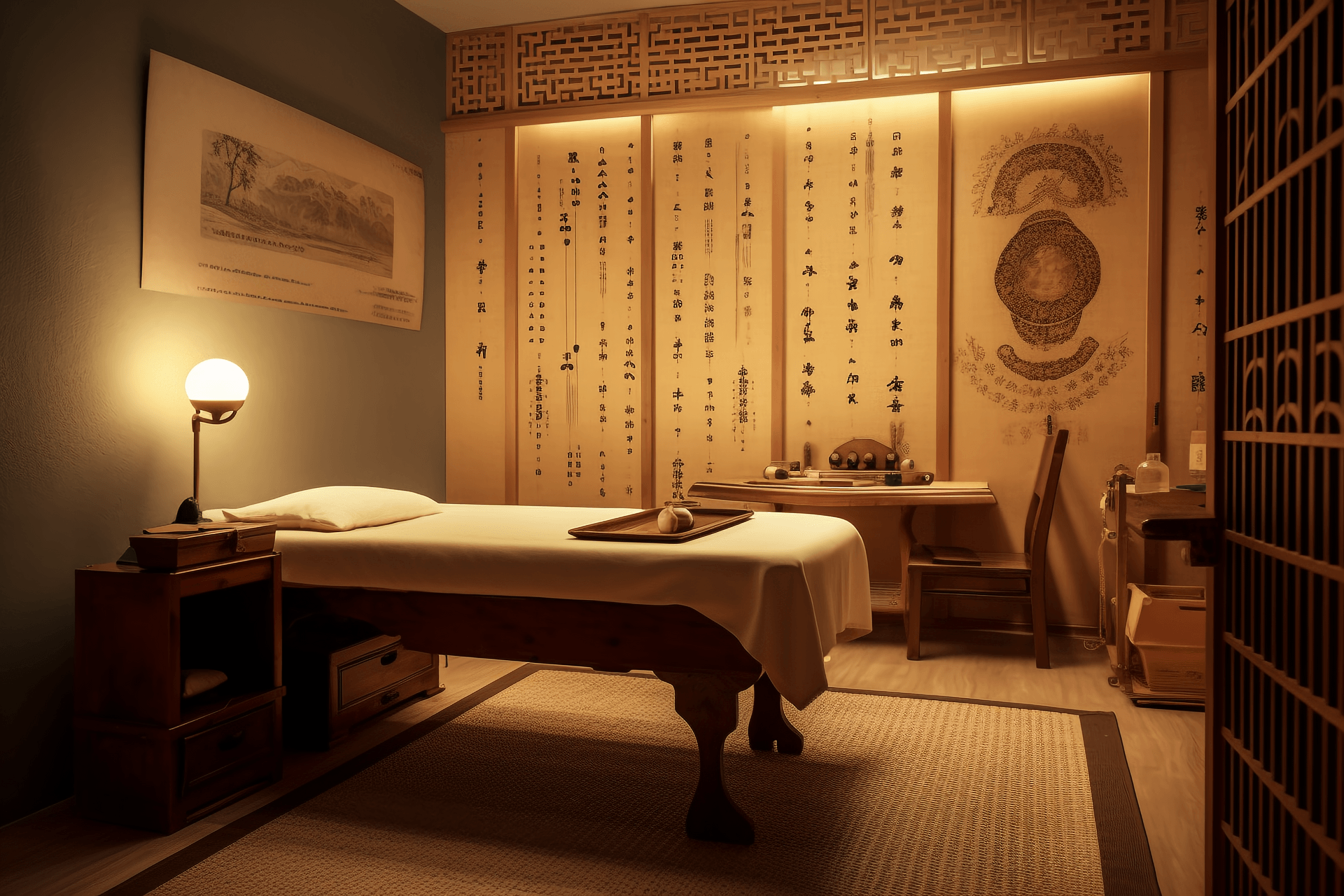The 2nd metacarpal side needling technique is a method of treating systemic diseases by needling the acupoints on the 2nd metacarpal side. The relationship between the 2nd metacarpal side and the visceral meridians: The 2nd metacarpal side is where the Hand Yangming Large Intestine meridian passes through, and it is also associated with the Hand Taiyin Lung meridian and the Foot Yangming Stomach meridian. The Stomach is the sea of water and grains, the foundation of postnatal life, and the Spleen and Stomach are the source of Qi, Blood, and transformation. The Hand Taiyin Lung meridian is the beginning and end of the twelve meridians, and the changes in Qi and Blood of the whole body's organs can be reflected in the Cun Kou pulse of the Lung meridian. Therefore, the 2nd metacarpal side is also a place where Qi and Blood flow through the twelve meridians, and needling it can treat various diseases throughout the body. The holographic law of acupoint distribution: The distribution of acupoint clusters on the 2nd metacarpal side results in the proportional scaling down of this limb like the whole body. Biological studies have confirmed that any limb of the body has the same distribution pattern of acupoints, and the junction of any two connected limbs always has two opposing poles connected together. Because the body can be divided into countless cross-sections, each limb can have countless corresponding points, and each limb contains all the information of the whole body. Therefore, this distribution pattern of acupoints is called the holographic law of acupoint distribution. It is explained as follows: First, if a new acupoint on any limb or relatively independent part of the body is named after the name of the corresponding part or organ (i.e., the part or organ that can reflect and treat), the arrangement of the new acupoints is proportional to the scaling down of the whole body in this part. Second, in the whole body, the new acupoints at the junction of any two limbs (or relatively independent parts) always correspond to the two poles that are farthest apart in the whole body, such as the acupoints on the head and the feet. Acupuncture treatment using the holographic law of acupoint distribution is called holographic acupuncture.
[Operational Method]
1. Location and indications of acupoints
1. The distribution of acupoint clusters on the 2nd metacarpal side includes 6 typical acupoints: Head, Lung, Liver, Stomach, Waist, and Foot.
(1) Head acupoint: The intersection of the transverse lines on the palm and the 2nd metacarpal side when the hand is clenched into a fist.
(2) Foot acupoint: The intersection near the thumb side of the 1st and 2nd metacarpal sides.
(3) Stomach acupoint: The midpoint of the line connecting the head and foot acupoints.
(4) Lung acupoint: The midpoint of the line connecting the stomach and head acupoints.
(5) Liver acupoint: The midpoint of the line connecting the stomach and lung acupoints.
(6) Periumbilical acupoint: The line connecting the stomach and foot acupoints is divided into three equal parts, and the middle point of the first division from the stomach acupoint.
(7) Waist acupoint: The line connecting the stomach and foot acupoints is divided into three equal parts, and the middle point of the second division from the stomach acupoint.
The relationship between the whole body and the 2nd metacarpal side is proportionally scaled down. Based on the principle that the 2nd metacarpal side is a miniature representation of the whole body, the positions of other acupoints can be determined.
2. The main diseases treated by each acupoint are the diseases of the corresponding viscera or parts.
2nd Metacarpal Side Acupoint Diagnosis Method
Usually, pressure method is used. Taking the examination of the 2nd metacarpal side of the patient as an example, the tester sits or stands opposite the patient and supports the patient's right hand with their right hand. The patient's right hand is in the shape of holding an egg, with relaxed muscles, the tiger's mouth facing upwards, and the index fingertip about 3cm away from the thumb tip.
When pressing the acupoints, starting from the head acupoint, the tester presses the acupoint with the tip of their left thumb, applying pressure and slightly kneading in a vertical direction to the plane. The acupoint is pressed and kneaded with moderate force three times. When the patient feels obvious soreness, fullness, numbness, heaviness, or pain at a certain acupoint, the acupoint should be pressed or kneaded with slightly more force. At this time, the patient may show avoidance reactions, such as grimacing or frowning, indicating that this acupoint is a tender point.
The appearance of tender points indicates that the corresponding organ (or part) or other organs on the same cross-section have a disease. For example, if the Lung acupoint is tender, it indicates a disease in the Lung or the chest, heart, back, esophagus, or intercostal areas. According to the theory of traditional Chinese medicine visceral imaging, tender points of acupoints also indicate that the closely related parts to the corresponding viscera may have diseases. For example, if the Liver acupoint is tender, it may indicate a disease in the eyes, which are closely related to the Liver. Generally, if the left hand feels more tender than the right hand, it indicates a more severe disease or a disease on the left side of the body, and vice versa. The holographic diagnostic method of the whole body can also be applied in a similar way.
Three, Acupoint Selection Principles
1. Acupoints are selected according to their corresponding parts, such as selecting the Lung acupoint for lung diseases.
2. Acupoints are selected according to the theory of traditional Chinese medicine visceral imaging, such as selecting the Liver acupoint for eye diseases, as the Liver opens into the eyes.
Four, Procedure
After locating the tender point with finger pressure, use a 3.3cm (1 inch) 30-gauge needle to penetrate the palm side of the 2nd metacarpal bone along the radial edge, perpendicular to the plane. Insert the needle 8 fen into the tender point. If there is no strong needle sensation after insertion, slightly change the direction of the needle tip (without withdrawing the needle) to explore the strongest needle sensation. Leave the needle in for 45 minutes. During this time, lightly tap the needle every 5 to 10 minutes to maintain the needle sensation. Generally, after 5 to 10 minutes, the patient will experience local heat, sweating, and a comfortable feeling in the affected area. Heat sensation is commonly observed, indicating better therapeutic effects. In addition, massage can be combined, using the tip of the thumb to make small circular movements or kneading around the acupoint. The kneading pressure should be strong to stimulate the deep tissues and generate a strong acid sensation.
| 1 2 > >> >>|





